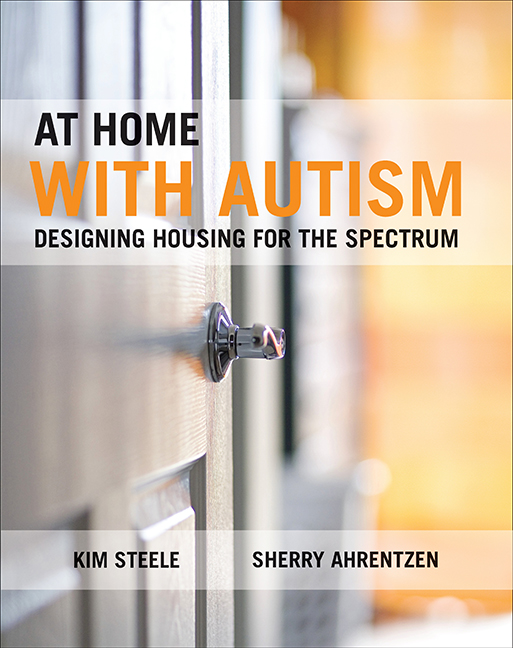Book contents
- Frontmatter
- Dedication
- Contents
- Figures and tables
- Abbreviations
- Terminology
- About the authors
- Acknowledgments
- one Introduction
- two A research-informed approach for housing design
- three Quality of life design goals
- four Design guidelines
- five On the horizon
- References
- Appendix: Research and information sources used in developing goals and guidelines
- Chapter Four image sources
- Index
three - Quality of life design goals
Published online by Cambridge University Press: 01 September 2022
- Frontmatter
- Dedication
- Contents
- Figures and tables
- Abbreviations
- Terminology
- About the authors
- Acknowledgments
- one Introduction
- two A research-informed approach for housing design
- three Quality of life design goals
- four Design guidelines
- five On the horizon
- References
- Appendix: Research and information sources used in developing goals and guidelines
- Chapter Four image sources
- Index
Summary
The homes and neighborhoods where adults with autism live may significantly affect the quality of their lives. Yet most housing providers, developers, architects and sometimes even family members are unaware of how specific residential features and neighborhood amenities can affect the comfort, pleasure and well-being of those on the spectrum. Designers and housing providers need to know how best to foster and create autism-friendly environments and how residents can be supported to not only live but thrive in their homes and communities. Optimal design and neighborhood selection at the outset can help avoid later problems that may require a subsequent move, which could prove difficult for residents who need stability and consistency in their lives.
As previously mentioned, there is no single “type” of autism. Likewise, there is no single type of housing solution. In order to let potential residents as well as housing providers and architects decide which housing features may work best for whom, we developed ten quality of life design goals, crafted from a synthesis of available research. Residences and neighborhoods should be designed and selected to facilitate opportunities for residents to realize those goals. Most of these goals – foster health and wellness, ensure safety and security, for example – pertain to any individual, with autism or not. However, how these goals are achieved and what they mean to those on the spectrum may be quite different or unexpected from what an architect or housing provider has encountered in prior experiences with neurotypical clients. The pleasure of “being social” by sitting quietly in the same room with someone else, not communicating or interacting but engrossed in one's own pursuit or activity, may not appear to be very enriching social behavior to an architect familiar with designing college student residence halls. In fact, it may remind the architect more of children who engage in “parallel play” than of adults “being social.” But having a quiet place for such “parallel play” may be much more desirable for a spectrum adult than being in a lounge with many others who are bellowing at a missed touchdown pass as they watch a football game on a large-screen monitor.
- Type
- Chapter
- Information
- At Home with AutismDesigning Housing for the Spectrum, pp. 41 - 80Publisher: Bristol University PressPrint publication year: 2015



